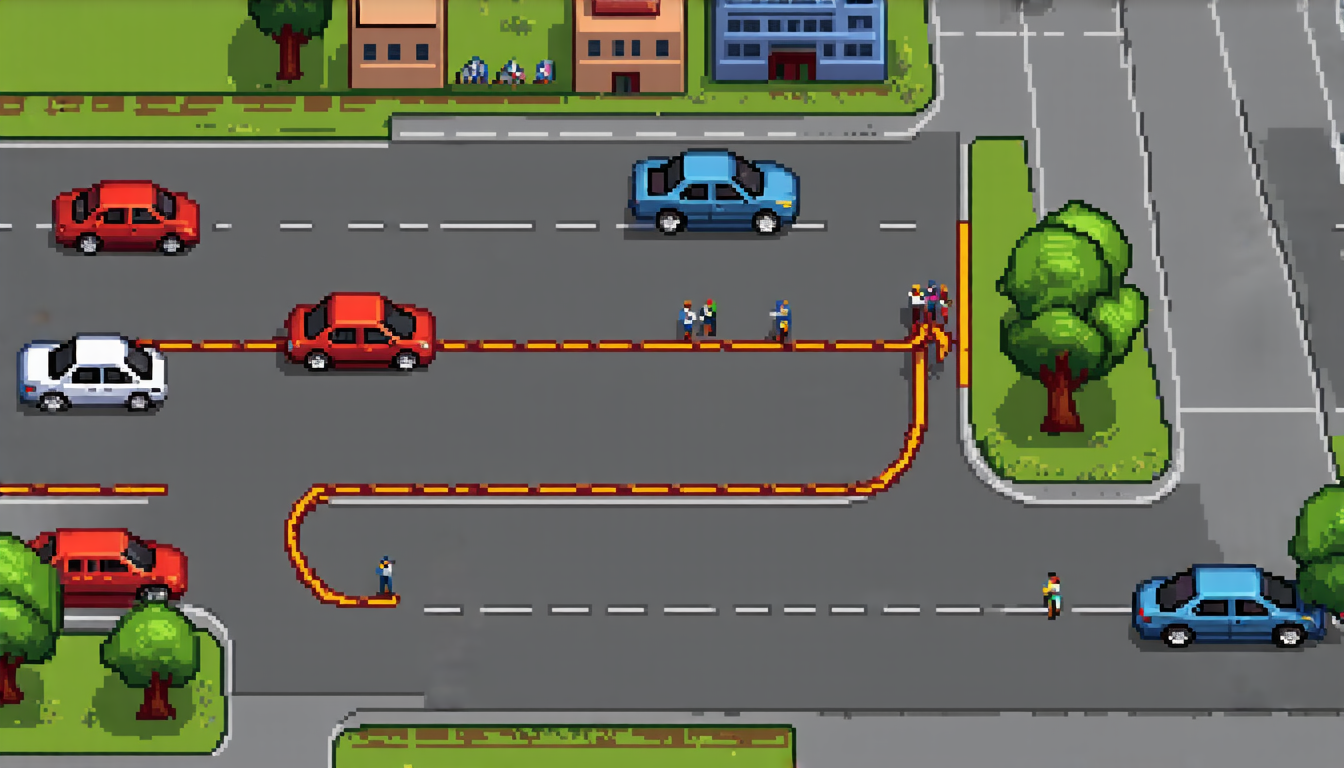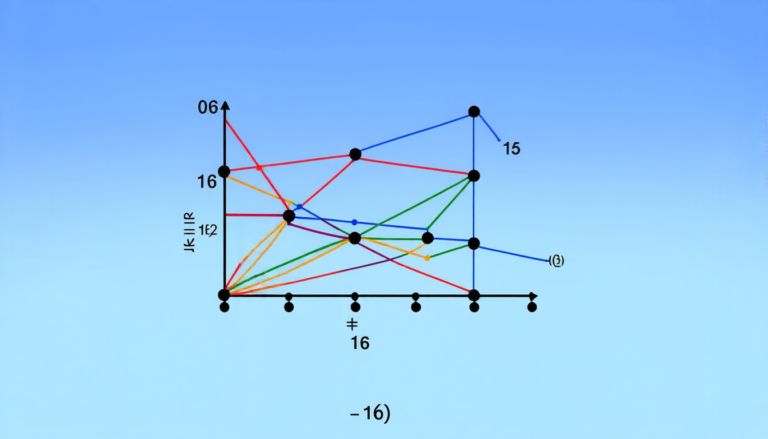Thursday 11 September 2025
Traffic congestion is a daily reality for many of us, causing frustration and wasting precious time. But what if there was a way to optimize traffic flow and reduce congestion? A team of researchers has developed a multi-scale control system that combines perimeter control and route guidance to improve traffic efficiency in large-scale networks.
The system, which the researchers call MSJC (Multi-Scale Joint Perimeter Control and Route Guidance), is designed to work on multiple scales. At the upper level, the system controls the flow of traffic into different regions of the network, using a model called the macroscopic fundamental diagram (MFD). This model takes into account factors like traffic density, speed, and capacity to determine how much traffic can be allowed into each region.
At the lower level, the system uses signal control strategies to optimize traffic flow within each region. By adjusting the timing of traffic signals at intersections, the system can smooth out traffic flow and reduce congestion. The system also takes into account real-time data on traffic conditions, such as traffic density and speed, to make adjustments as needed.
One of the key innovations of the MSJC system is its ability to integrate perimeter control with route guidance. By guiding vehicles along different routes within each region, the system can optimize traffic flow and reduce congestion. For example, if there’s a traffic jam on one road, the system might divert vehicles onto an alternate route.
The researchers tested the MSJC system using a simulation of a large-scale urban network. They found that it was able to significantly reduce congestion and improve traffic efficiency compared to other control systems. The system also performed well in scenarios where unexpected events occurred, such as accidents or road closures.
The potential benefits of the MSJC system are significant. By reducing congestion and improving traffic flow, it could help to decrease travel times, reduce fuel consumption, and lower air pollution levels. It could also be used to manage traffic during special events, such as sports games or concerts, by diverting vehicles away from congested areas.
While there’s still more work to be done before the MSJC system can be implemented on a large scale, it represents an important step forward in the development of intelligent transportation systems. By combining advanced modeling and simulation techniques with real-time data and control strategies, researchers are getting closer to creating a more efficient and sustainable transportation network for everyone.
Cite this article: “Optimizing Traffic Flow with Multi-Scale Joint Control System”, The Science Archive, 2025.
Traffic Congestion, Optimization, Traffic Flow, Multi-Scale Control System, Perimeter Control, Route Guidance, Macroscopic Fundamental Diagram, Signal Control, Intelligent Transportation Systems, Simulation







